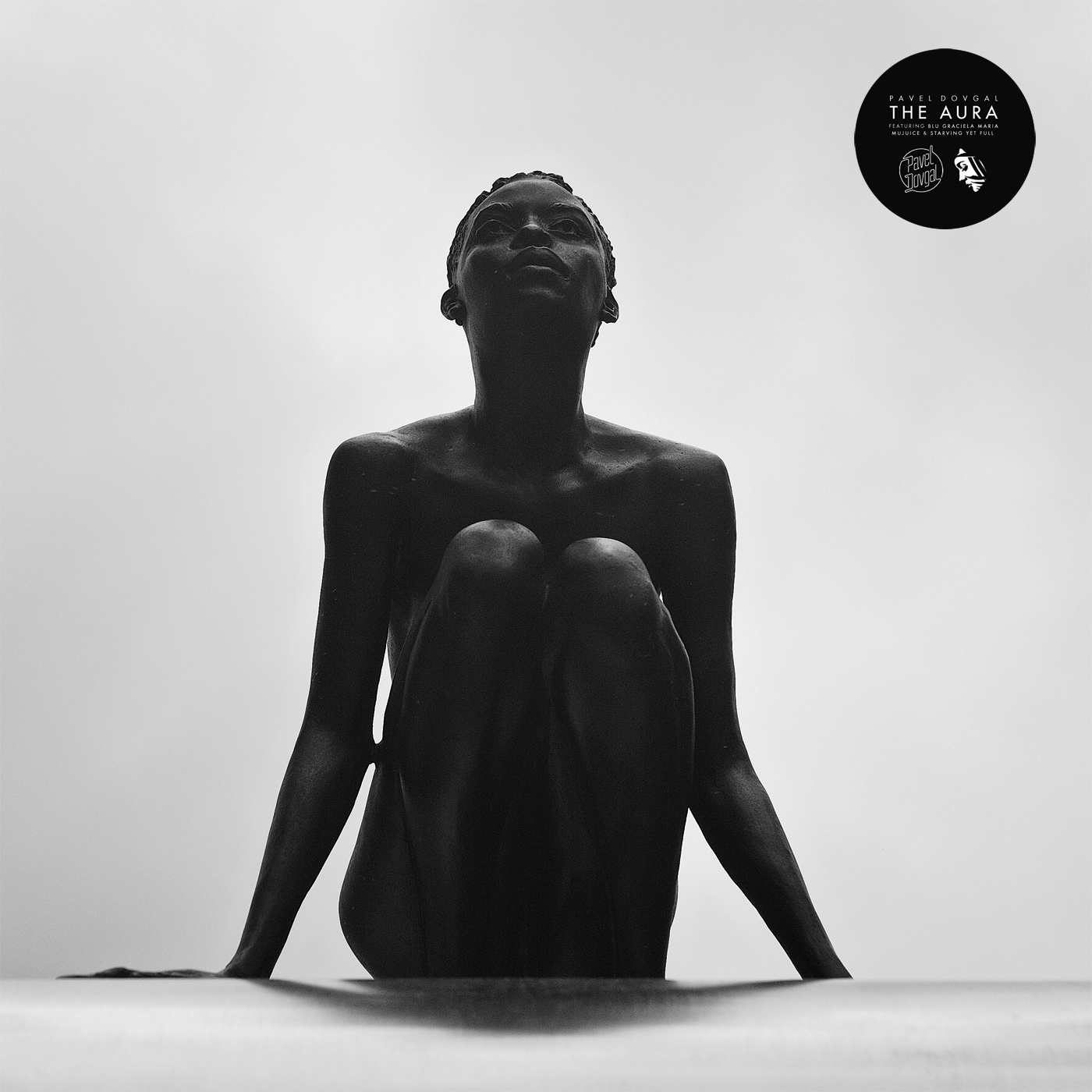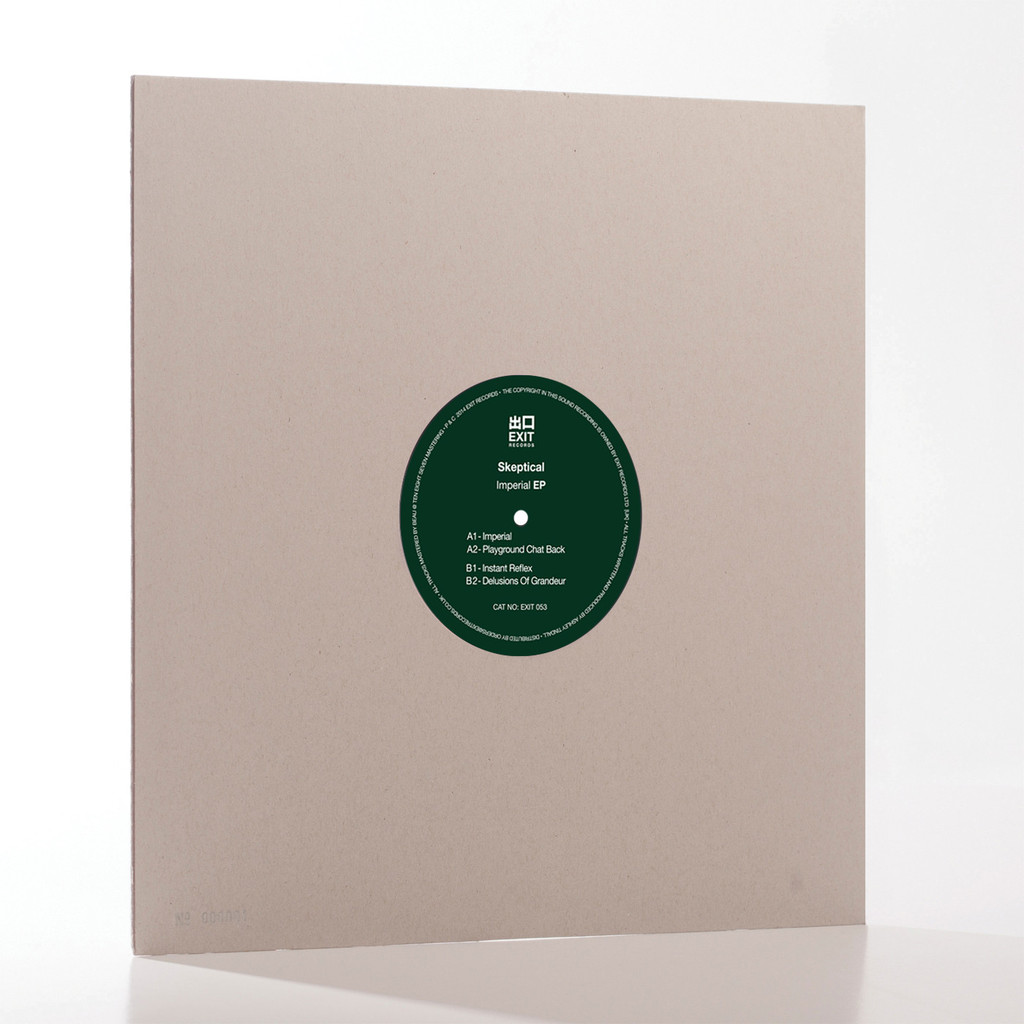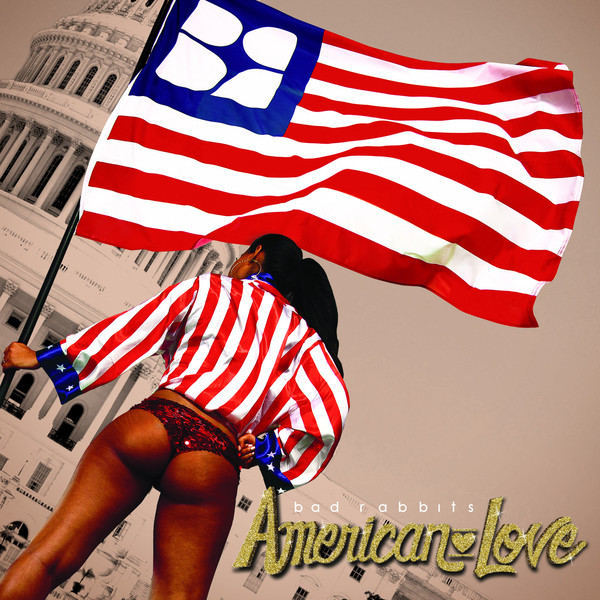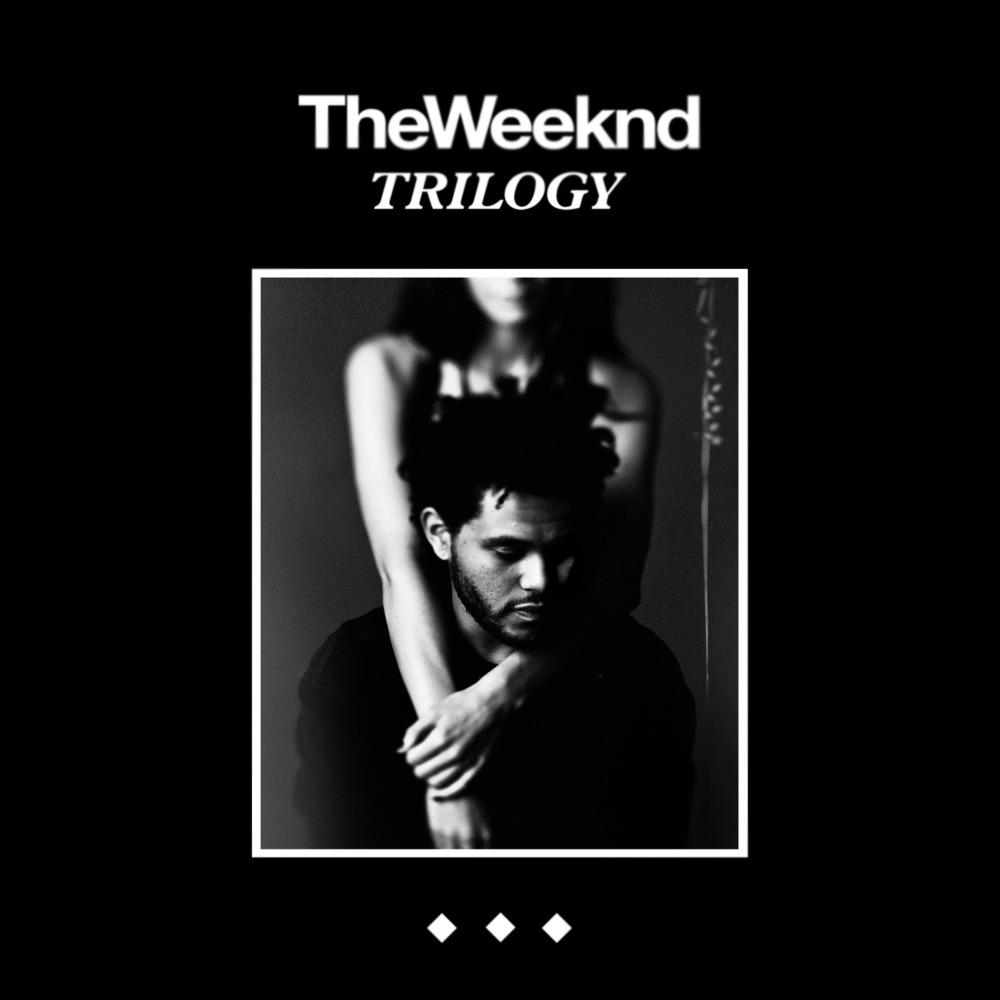
The Aura is the new album from Russian electronica artist, Pavel Dovgal, released today, Friday, November 25, via Project Mooncircle. The album includes collaborations with friends Mujuice and Graciela Maria, as well as some more recent connections, like Los Angeles rapper, Blu, and Starving Yet Full (ex-vocalist from Azari III).
Pavel was born in Vladivostok, Russia and moved to Ukraine at quite a young age, “where he realized that his true calling was music”. In 2010, the release of his first solo album, Cassiopeia, on Project Mooncircle boosted his profile immeasurably.
In 2013 he released Bedouin on his own label, Monoclockmusic. His music is described as a mix of “electronica, folktronica, bass, glitch & sample cuts, hip hop” and, judging by this album, perhaps more.
In fact, The Aura was inspired by “extensive trips around Asia, hip-hop, jazz music of the 70’s, indie pop, ethnic African sounds and all kinds of electronic music”. Influences include Lonnie Liston Smith & The Cosmic Echoes, Miles Davis, Alice Coltrane, Björk, Thom Yorke, Tony Scott and Curtis Mayfield.
Pavel ponders “Floating Beams”, and it’s majestic, percussive and explorative. Then deep, ominous bass is almost at odds with the rest of the backdrop. You’ve got what sounds like a pan flute whisking you away to boundless wonder, plus urgent clapping of drum. It’s such an animated track, yet also has calming and soothing qualities.
Title track, “The Aura”, featuring Blu, has a similar vibe, excluding the fact that this one has a rapping cameo amidst it. Then Blu’s voice booms, processed and deep; his voice and words punctuating the general quiet of the backdrop.
Then there’s “Nibiru”, which very much carries on the percussive vibe, though maybe more moody this time. Drums proper kick in, bass drum pounding an infectious beat. Things are still relatively soothing, though. A gradual swelling develops, the crescendo seemingly a pan flute refrain. Anti-climax working wonderfully. It feels like the mournful lament of a native peoples’ trials and tribulations.
“Inspiration/Inner Beauty” is a graceful interlude, ambient and explorative. It’s pleasant and a joy, though ends as soon as it’s begun.
Then there’s the heady heights of “Euphoria”, featuring Starving Yet Full, which has the trademark percussive and tinkling backdrop. This time, rather than a rapper, we’ve a singer to dance vocally over the top of the musical foundation. Clicking, another percussive element, lends the song a moody feel. Harp flourishes towards the song’s end.
Pavel’s “Waiting For The Sun”, inspires in one an almost sleepy state, but not as percussive as any of the tracks it follows. Both bass and bass drum bump in this one, and tribal elements appear fleetingly. Almost a welcome departure, really.
Third cameo track, “Quency”, features Mujuice, and feels like submerged in water, however what surfaces is that trademark percussion. At almost six minutes, the track is the longest on the album. Jazzy drums also surface, shuffling along, perhaps with the aid of brush, nice and calm.
The track is animated, but very much in a soothing kind of way. There’s actually a lot going on, lively, for such a calm track. The patter of rain upon maybe a window pane ends proceedings nicely.
“The Soul Of Mbira”, percussion orientated, is aided by clapping drum. The layers gradually build up, forming into also quite a rocking live band instrumentation; the bass with a touch of dirty distortion, maybe overdrive. The midpoint is the percussion equivalent of a drum solo. It evokes islands uncharted by explorers or missionaries.
The end of the album is approaching with “Changes (Live)”, featuring Graciela Maria. It seems to be yet another departure from the largely percussive sound. The sound is massive, drums possibly live, with the sound of the bass monstrous.
Outer space seems in plain sight in “VHS (Outro ReEdit)”, and has what you could say is squidgy bass, deep and sounding like the march of the aliens in Mars Attacks. Vocal samples are chopped up, into short, syllabic bursts to give an almost staccato reggae feel to them.
Then you’re amongst “The Highest”, which starts ethereal, suiting the title of the track. Then it drops from boundless wonder, almost as if to suggest the fall from grace of the Fallen Angel. Pounding drum punctuates a soundscape that seems to suggest, perhaps, that there never was a fall from grace.
Is this the ideal world we live in in this song? A glitch effect seems to appear, and that maybe there’s no need for Satan when man is pitched against his own machine.
“Euphoria (Instrumental)” perhaps has the advantage of, seeing that nobody’s singing over the top of it, being able to engage this listener in how many aspects can be pondered upon.
Album closer, “The Aura (Instrumental)”, perhaps, again, has the advantage of, seeing that nobody’s rapping over the top of it, being able to engage this listener in how many aspects can be pondered upon. In fact, with the absence of such things you can now hear what seems to be barely audible vocal samples chopped up into the ether of the closing moments. Adding, perhaps arguably, to the whole ensemble performance on the track.
Particular highlights are “Floating Beams”, “Waiting For The Sun”, “Quency”, “The Soul Of Mbira” and “The Highest”. The first of this selection, the album opener, is, quite simply, heavenly to listen to. That pan flute sound whisking you to another country, exotic and unspoiled by the advance of humanity’s urban grime.
Then you’ve got “Waiting For The Sun”, which seems to break, however satisfying, that signature sound of predominantly percussive sounds forming the basis of the melody in the songs that precede it. It’s still got a vaguely sleepy vibe to it, and percussion does eventually rear its head, but’s more tribal than ever before.
“Quency” is right up there with the album opener, “Floating Beams”. It’s, at about six minutes, a real workout, and explores sounds akin to submerging oneself in deep waters. Then what sounds like brush propelled jazz drums is very calm amidst a soothing yet, paradoxically, busy soundscape. Water then comes from above, opposed to below, with that rain pattering the windows of a house. Evocative, indeed.
“The Soul Of Mbira” is his own spin on quite a rocking live band instrumentation, compete with distorted, maybe overdriven, bass. He still puts his own stamp on it, though, adding his own equivalent of a drum solo via a power of work done on percussion. Perhaps, as those layers build, that’s why, it feels so exploratory, like setting foot upon uncharted lands.
Album closer on a technicality, remembering that the last two are instrumentals of tracks earlier on in the duration, is “The Highest”. The pictures painted in this one are vivid, conjuring Satan falling from grace. The mood then changes as if to suggest this never happened, an ideal world. Glitchy noises, however, hint at, perhaps, conflict of the man versus machine variety. Thematic, indeed.
The overall shape of the album’s really good, too, with those tracks at the start (“Floating Beams”), middle (“Waiting For The Sun”, “Quency” and “The Soul Of Mbira”) and end (“The Highest”). What’s more, it starts percussive orientated, branches out in the middle and, in a way, explores a mixture of this before reverting to instrumental versions of the percussive songs that opened the album.
Pavel Dovgal certainly has his own signature sound. However, he proves on numerous instances that he can deviate from his largely percussive and electronica style. Whether that be exploring live band instrumentation, jazz or straight ahead rock, he’s definitely proved himself to be quite a, in fact, versatile performer. Pavel Dovgal’s The Aura can be heard on iTunes here.
Also visit his Facebook, Twitter, Instagram, YouTube and website pages to keep tabs on Pavel Dovgal.
Words by Andrew Watson





